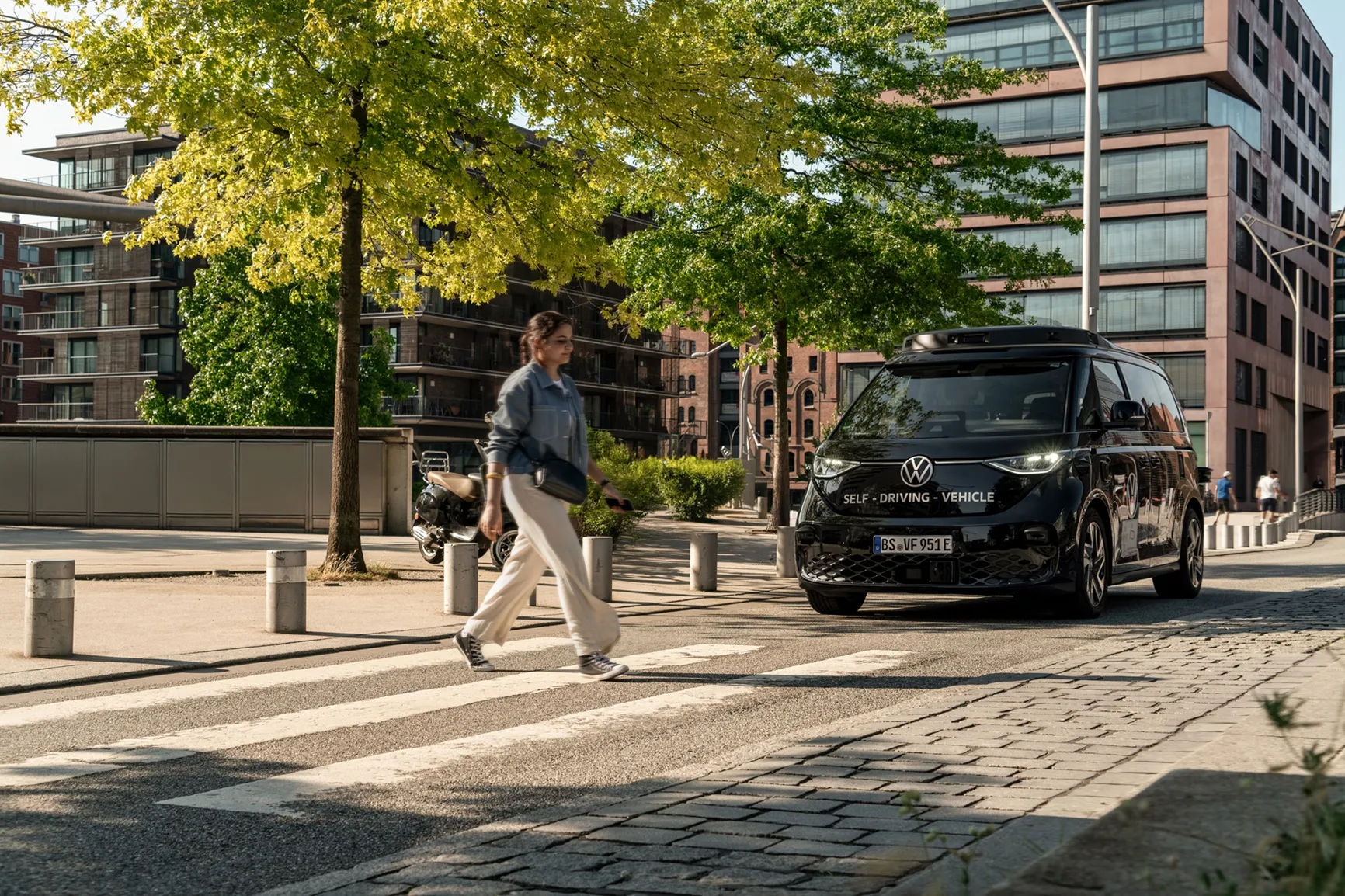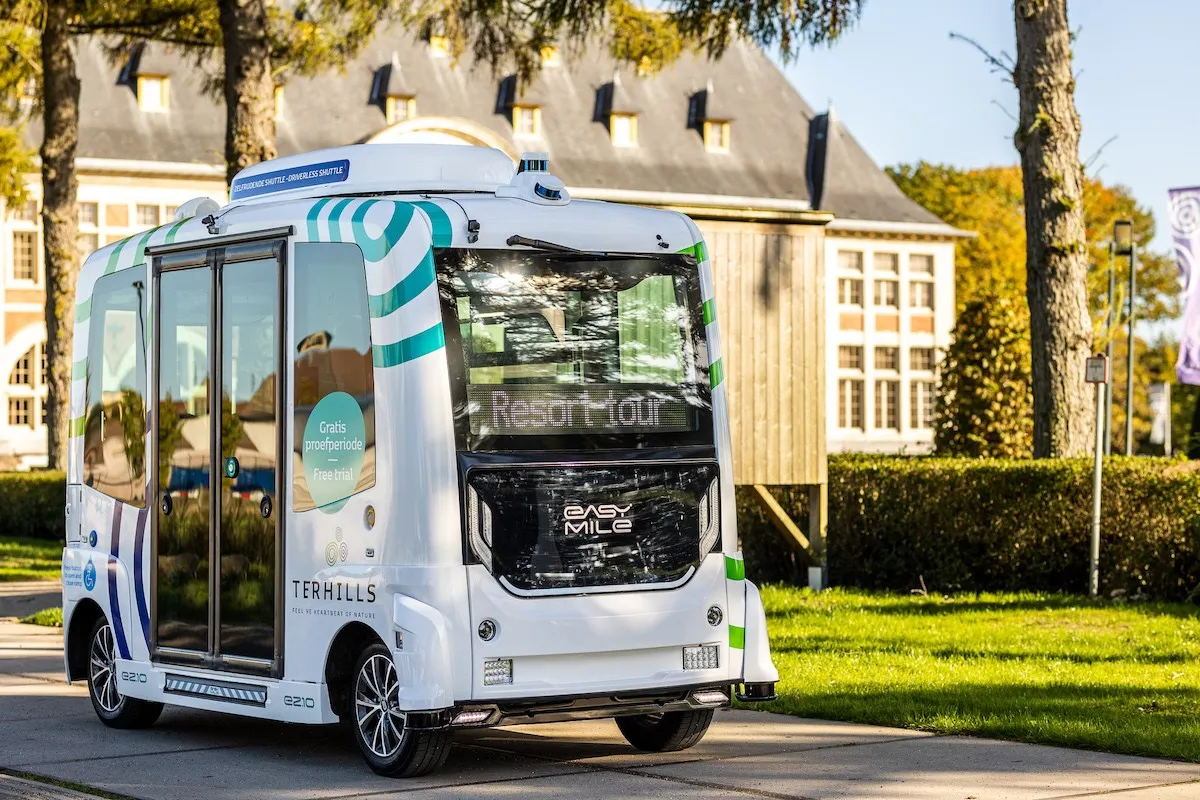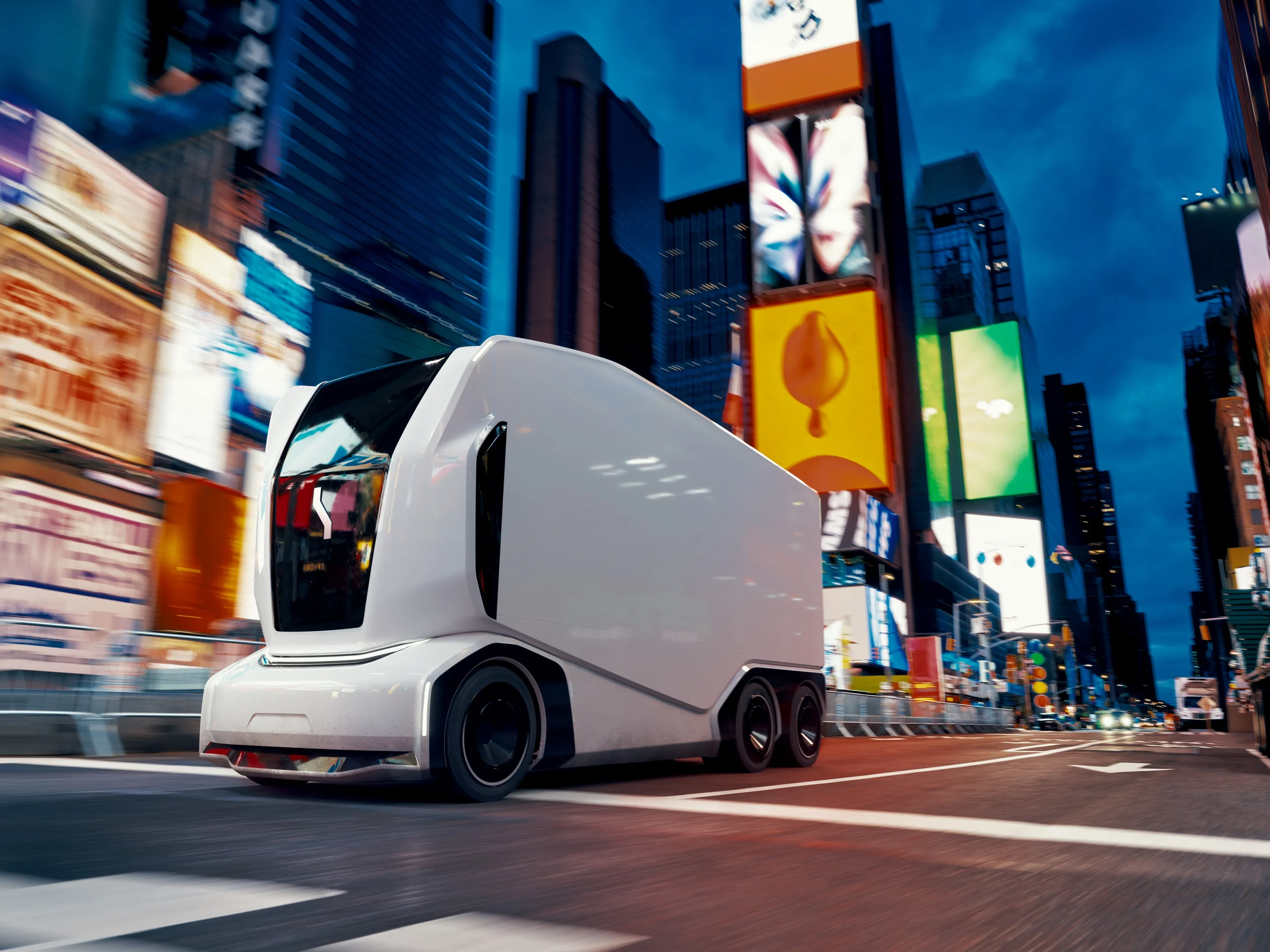
Innoviz Technologies will accelerate the integration of its InnovizTwo Lidar units into Volkswagen’s ID.Buzz AD, a Level 4 autonomous shuttle.
The agreement with VW's autonomous mobility unit, Moia, is part of the unit’s planned market expansion in multiple European and US cities beginning in 2026.
The agreement is supported by Innoviz’s recently-announced partnership with Fabrinet for mass production of the InnovizTwo Lidar platform. Together, said the company, the two agreements smooth the path for Innoviz’s scaled manufacturing and deployment ahead of next year’s planned start of commercial production.
The deal with VW builds on the integration of InnovizTwo Long-Range Lidars and InnovizTwo Short- to Mid-Range Lidars into the ID.Buzz AD vehicles.
With nine InnovizTwo Lidar units per vehicle, VW’s Level 4 autonomous fleet features comprehensive 360° sensing coverage to enable safer navigation in dense and complex urban environments, said Christian Senger, CEO of Volkswagen Autonomous Mobility: "Innoviz’s ability to provide best-in-class Lidar at various ranges allows us to efficiently provide reliable and safe solutions for our customers."
Omer Keilaf, Innoviz CEO and co-founder, says: "This integration of Long-Range and Short- to Mid-Range Lidar units demonstrates a shared commitment with VW to accelerate AV adoption and our ability to meet the most stringent and varied requirements of automotive OEMs worldwide.”
Innoviz said that its Lidar and perception software "see" better than a human driver and reduce the possibility of error, meeting the automotive industry's strictest expectations for performance and safety.









